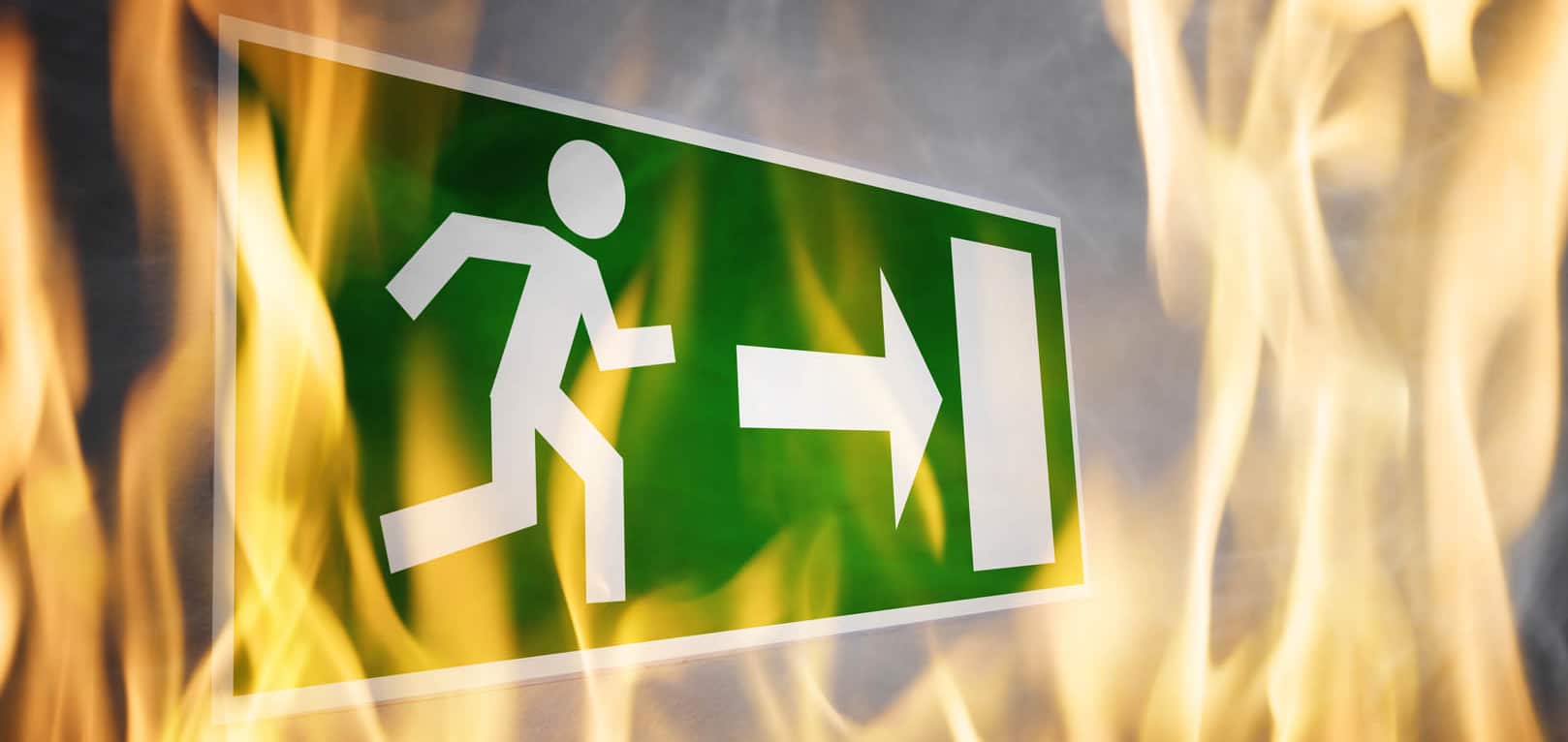Categories of Fire Signage: Importance of Fire Safety Signage

We have all seen fire safety signs but have never stopped to understand what they mean. However, should an emergency arise, they could save your life and that is why fire signs are so important. As a result, they are an integral part of any business and their fire safety strategy while they are also a requirement by law. So, what are the different categories of fire signage and what do they mean?
What is Fire Safety Signage and Why is it Important?
Fire signage is designed to help improve safety and provide people with guidance in relation to risks and what to do during an emergency. They provide clear guidance and ensure people understand where fire equipment might be such as a fire extinguisher as well escape routes and the nearest fire exit. It is important that everything is made as clear as possible and this is where fire signage is especially important.
What are the Regulations on Fire Safety Signs?
Should a fire occur, it is important that everyone in the building is aware of how to evacuate the building, find the necessary fire equipment and find fire exits. Therefore, having clear fire signs is a vital part of ensuring people can find this information quickly. The Health and Safety Regulations clearly state that employers have to display all relevant fire signage. There are stringent requirements in place that determine the shape, size and colour of each sign category.
What are the Categories of Fire Signage?
Prohibition signage
Prohibition signs are displayed in a red circle and these are used to highlight actions that individuals must not do in certain areas. These actions might include the likes of No Smoking or No Naked Flames but they indicate that they should not be carried out as they pose a fire risk due to the presence of gases or flammable liquids.
Mandatory signage
Mandatory signs are rectangular in shape and blue in colour but they are used to ensure that people understand actions that should be taken to improve fire safety. This might be a Fire Door sign that makes it clear that it has to be kept closed to help reduce and slow down the spread of fire, something that is explained during fire safety training.
Warning signage
Warning fire signs are designed to give a clear warning and they are triangular in shape and yellow in colour. They highlight a possible fire hazard within the area and this could include flammable liquids and gases or materials. These are usually found alongside prohibition fire signs.
Fire exit signage
As part of any fire safety strategy, it is important that people are aware of where they need to go to exit a building. Fire exit signage is green in colour and rectangular in design but they are used to help identify the likes of escape routes, assembly points and first-aid equipment. The green is linked to the “go” colour of a traffic light, ensuring people know where to go when it comes to exiting a building during a fire.
Supplementary information signage
Supplementary information signage is commonly used to help provide more instructions for people to follow. This might be in the form of text or arrows to help people notice that other notices have to be considered. They are usually black and white and rectangular in shape.
Fire equipment signage
Red and white colours are used here to make people aware of fire safety equipment. They will highlight where items such as fire extinguishers are located or hoses and fire blankets. They have to be placed close to the equipment that they are highlighting. So, a fire extinguisher sign will be placed next to a fire extinguisher.
Safe condition signage
Safe conditions signage is used to indicate fire escape routes and fire assembly points and these fire safety signs are green in colour and rectangular in design.
General Advice
It is vital that you carry out a fire risk assessment of your workplace as this will ensure that you comply with regulations. As a result, you will be able to determine that all fire hazards are highlighted adequately and that the right measures are put in place to ensure the fire risk is lowered which is done through the use of signage. Furthermore, you should make sure that all escape routes are flagged clearly and that staff have had all the relevant training and are aware of all the classes of fire signs.
